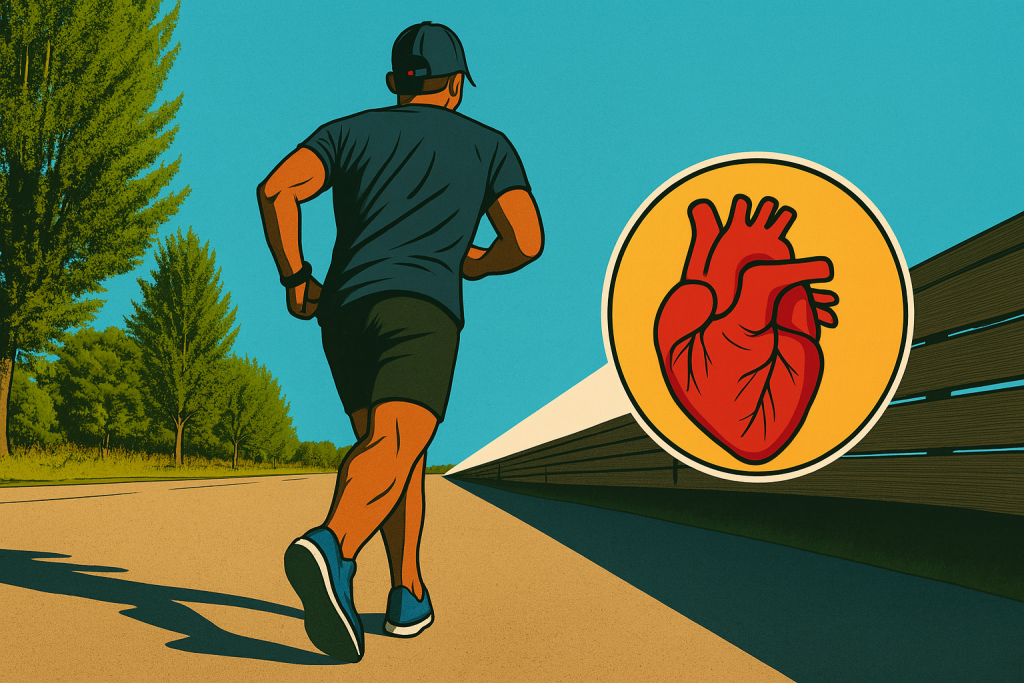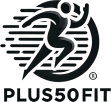🏁 The Forgotten Heart
The calf muscle is often called the “second heart.” Sounds poetic, but it’s backed by hard physiology: when your calves contract, they pump blood back up toward your heart, improving circulation, preventing blood pooling, and even helping with recovery.
But here’s the part we often miss:
We intentionally train our primary heart – but what if we trained our second heart just as deliberately?
That was my Eureka moment during a recent run. The knowledge is one thing… but training the system? That’s next-level thinking.

Let’s dive in.
🫀 What Is the Calf Muscle Pump?
The soleus muscle, deep in your lower leg, contracts every time you walk, jog, or push off the ground. When it does, it squeezes the deep veins in your leg, sending blood upward – fighting gravity to return blood to your heart.
This is called the muscle pump mechanism – and in your lower limbs, it’s absolutely vital. Without it, your heart would struggle to circulate blood effectively, especially when upright.
That’s why the calf is often dubbed the “second heart.”
📖Knock Yourself Out With This Source: National Library of Medicine – The Venous Calf Pump
🧠 Eureka: We Train One Heart… Why Not Both?
As runners, we talk constantly about building aerobic capacity and strengthening the heart muscle. Tempo runs, zone 2 training, long runs – all targeting cardiovascular improvements.
But here’s the thing:
Your second heart – the calf – is also trainable.
It responds to progressive overload. It builds fatigue resistance. It strengthens coordination, rebound, and postural control. And it doesn’t just keep you healthy – it can help you perform.
Why would we leave that tool sitting idle?
🏋️♂️ How to Strengthen Your Second Heart
Let’s move from theory to action. Here’s how you can train your calf pump – and not just as a side effect of running.
1. Calf Raises (Bodyweight → Weighted)
Start with 3×12-15 slow reps on both legs. Progress to single-leg or weighted raises. Bonus: hold for 1–2 seconds at the top for extra isometric strength. Then try bent-leg raises.
2. Eccentric Calf Lowers
Step up with both feet, lower slowly on one. Great for tendon strength and circulation.
3. Jump Rope
Excellent dynamic training for the calf pump. Start with short bouts and build up slowly.
4. Hill Sprints or Stair Bounds
High activation, low impact if you manage intensity well. Builds power and rebound response.
5. Toe Walking or Loaded Marches
Focus on time under tension – think slow, controlled contractions.
🏃♂️ Runners, Recovery & Collapse
Want to see what happens when the second heart goes offline?
According to University of Utah Health, many runners collapse after races not because of dehydration or cardiac arrest, but because they suddenly stop moving.
When you stop running abruptly, the calf pump halts. Blood pools in your legs. Your brain doesn’t get enough oxygenated blood. You get light-headed. Or worse – you hit the pavement.
The fix? Simple: keep walking after your run. Use a cooldown to gently keep the second heart active.
🔄 Don’t Leave Performance (or PBs) on the Table
This isn’t just about health. It’s about potential. Every time you train your calves to contract more powerfully, to resist fatigue, to bounce back faster – you’re reinforcing a biological booster system for your entire circulatory network.
Especially after 50, when venous efficiency naturally declines, it’s not enough to just be mobile.
Let’s train smart. Let’s train both hearts.
Because leaving a better finish time, better recovery, or better health on the table? That’s not how we do things at Plus50Fit.
✅ Key Takeaways
- The calf muscle acts as a second heart, pumping blood back toward the chest.
- Like your real heart, it can be strengthened through targeted training.
- Runners benefit not just in circulation, but in performance, endurance, and recovery.
- Collapsing after a race often links to the calf pump shutting off – stay moving to stay upright.
- Start training your calves with purpose – not just mileage.
